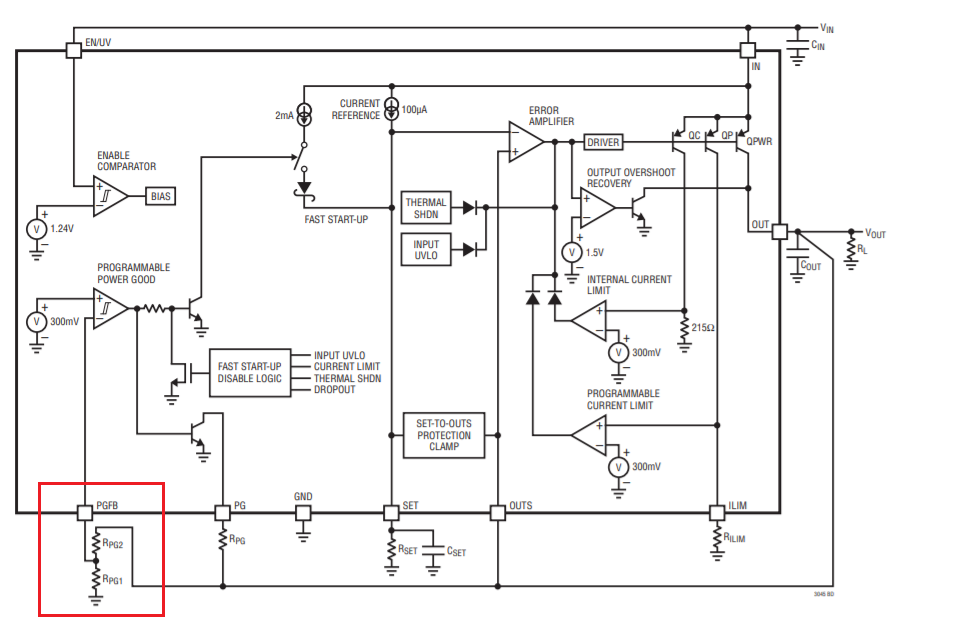Hello? I'm Jimmy.
DC-DC (output specifications, ± 12V, 125mA) and LDO (output specifications, ± 11V) Inrush has occurred.
(the figure on the Left , sky blue: DC-DC output + 12V purple :+ 12V current, blue :LDO + 11V) LDO is a soft-start(2.3sec) feature. circuit current ± 70mA
Best regards,
Jimmy




